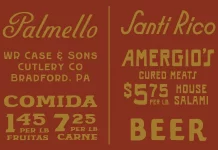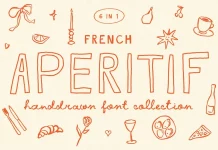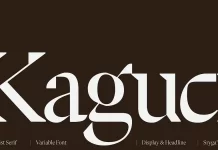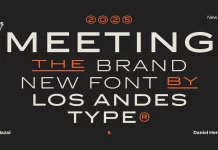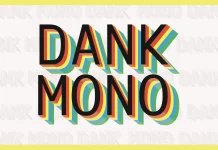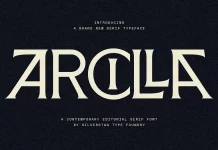This post contains affiliate links. We may earn a commission if you click on them and make a purchase. It’s at no extra cost to you and helps us run this site. Thanks for your support!
There’s no question that variable fonts are revolutionizing digital design. By allowing designers to create a single font file that can be modified to produce an infinite number of different variations, they offer a level of flexibility and control that was previously impossible.
This means that designers can now create custom typography for their projects without having to rely on pre-made fonts, and they can even animate their typefaces to create dynamic, eye-catching effects. What’s more, variable fonts are also helping to make the web more accessible. By allowing browsers to automatically adjust the size and spacing of a font to match the user’s preferences, they make it possible for everyone to enjoy the benefits of beautiful typography, regardless of their vision or ability.
The technology behind variable fonts
Variable fonts (VF) are created using the OpenType font format, which was developed by Adobe and Microsoft in the early 1990s. OpenType is a cross-platform format that can be used on both Windows and MacOS systems, and it supports a wide range of features including variable fonts.
To create a variable font, designers first need to create a master file. This is a standard font file that contains all of the information about the typeface, including its weight, width, height, and other features.
Designers can then use special software to create variations of the master file. This software allows them to adjust things like the weight, width, and height of the typeface, as well as the amount of space between letters and words.
Finally, the variable font file is packaged up and ready for use. When browsers or design software encounter a variable font file, they can automatically select the best variation for the user’s needs based on their system settings and preferences.
The advantages of variable fonts
Variable fonts offer a number of advantages over traditional fonts. Here are just a few of the benefits that variable fonts offer:
– Flexibility and Control: As we mentioned earlier, variable fonts offer designers unparalleled flexibility and control when it comes to typography. With a variable font, they can create custom typefaces for their projects without having to rely on pre-made fonts.
– Efficiency: Variable fonts are also more efficient than traditional fonts. By allowing browsers to automatically adjust the size and spacing of a font to match the user’s preferences, they make it possible for everyone to enjoy the benefits of beautiful typography, regardless of their vision or ability.
– Accessibility: Variable fonts are also helping to make the web more accessible. By allowing browsers to automatically select the best variation for the user’s needs, these flexible fonts make it possible for everyone to enjoy the benefits of beautiful typography, regardless of their system settings or preferences.
– Compatibility: Variable fonts are compatible with all major browsers and design software. This means that you can use them on your website or in your design projects without having to worry about compatibility issues.
As you can see, variable fonts offer a number of advantages over traditional fonts. If you’re looking for a way to improve your typography, variable fonts are definitely worth considering.
Four eye-catching variable fonts that add value to any design project
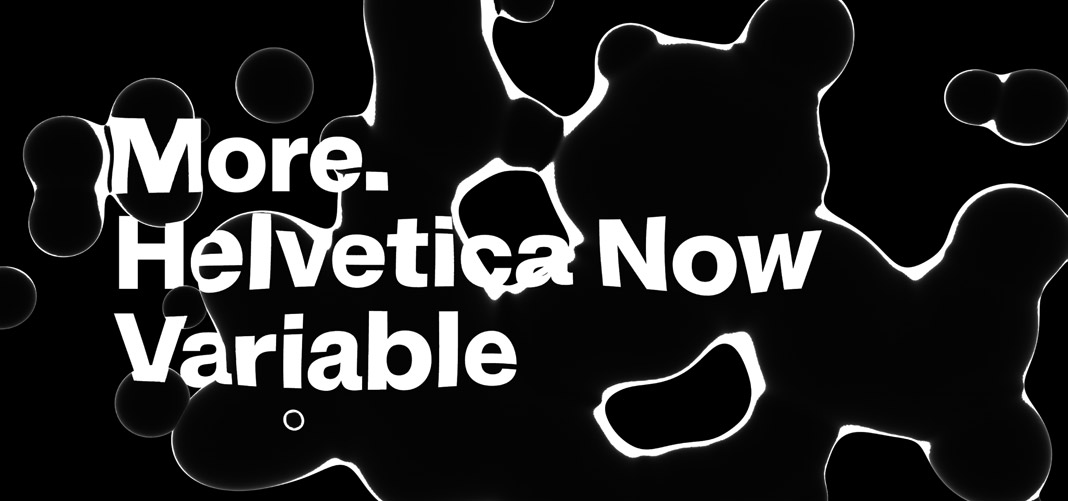
1. Helvetica Now Variable Font
Helvetica Now Variable Font is a variable font that was created by Monotype. It offers a wide range of features, including weight, width, and height variations, as well as the ability to adjust the amount of space between letters and words. Download here.
2. Roboto Flex
Roboto Flex is a variable font that was created by Font Bureau, David Berlow, Santiago Orozco, Irene Vlachou, Ilya Ruderman, Yury Ostromentsky, and Mikhail Strukov. You can use this sans-serif typeface for all kinds of web design projects. It comes in a wide range of weights and styles. Download here.
3. Open Sans
Created by type designer Steve Matteson, Open Sans is, as the name suggests, a sans-serif typeface. It’s one of the most popular fonts on the web, and it comes in a wide range of weights and styles. In 2021, Open Sans has been updated to a variable font family and we can’t be more excited about it. Download here.
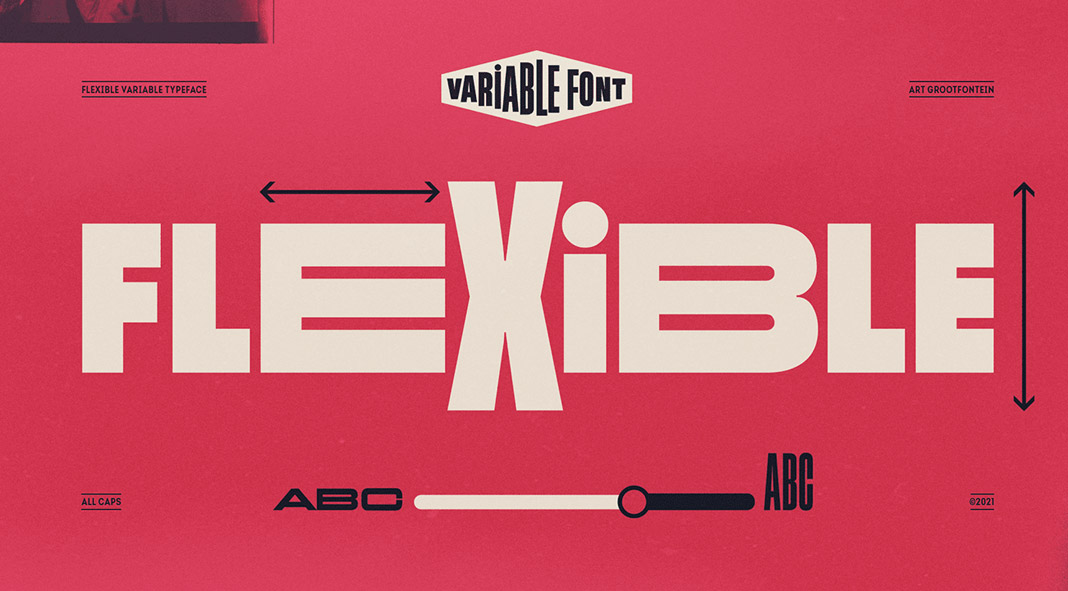
4. Flexible Variable
Published by Art Grootfontein, the Flexible variable font family draws inspiration from the style of late 19th-century gothic typefaces. It uses the latest variable font technology to allow designers to play with each letter’s height and width. Download here.
You can find more stunning examples of variable fonts in the Fonts category on WE AND THE COLOR. The category includes a great selection of different styles ranging from sturdy sans-serif fonts to handwritten scripts. With our handwritten reviews, you will find exactly the font you are looking for.
So, if you’re a graphic or web designer, there’s no excuse not to be using variable fonts in your work. And if you’re not a designer, well, now you know what all the fuss is about. Either way, variable fonts are here to stay, and they’re sure to change the way we think about typography forever. These flexible fonts certainly have a bright future! We would be happy to hear your thoughts about this topic. Do you already use variable fonts in your digital design projects?
Subscribe to our newsletter!


